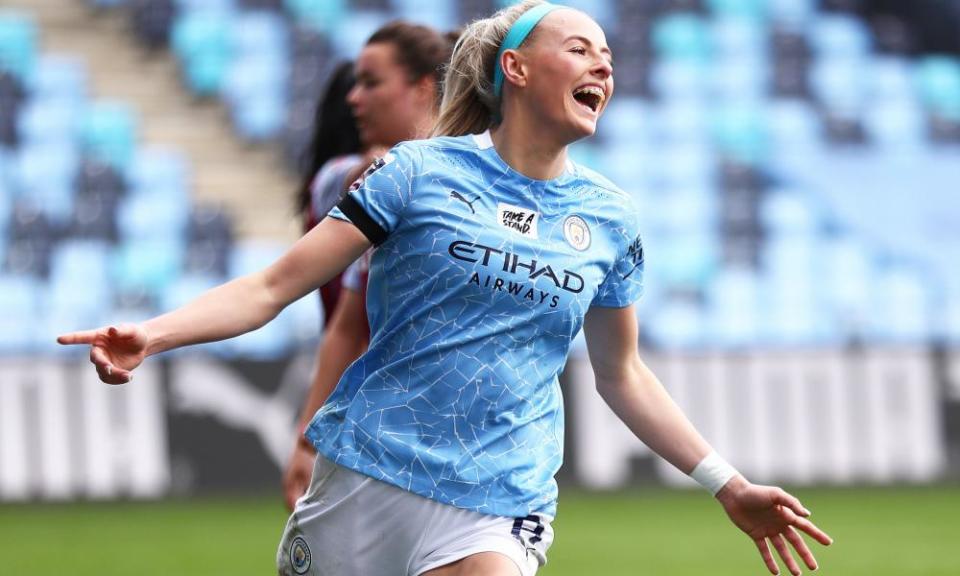Women’s sport could generate more than £1bn per year by 2030, study finds

Women’s sport could generate more than £1bn per year by 2030, and increasing the visibility of female athletes and teams is key to unlocking the huge sum.
According to a new study carried out by the insight agency Two Circles on behalf of the Women’s Sport Trust, the increase on the £350m per year currently generated by women’s sport, through ticketing, broadcast rights and sponsorship deals, would make it one of the fastest growing sectors in the sports industry.
Related: Arsenal’s Lotte Wubben-Moy: ‘The US was the pinnacle of competition, just relentless’
The chief executive and co-founder of the Women’s Sport Trust, Tammy Parlour MBE, said: “Women’s sport has been on a strong growth trajectory. However, most sport played by elite female athletes still has a long way to go until it becomes commercially viable. To achieve long-lasting change, and for women’s sport to occupy a central role in our culture in the UK, the sports industry must widely recognise a social responsibility to building sport for all, and practically connect a vision for women’s sport to long-term commercial profit.”
The “Closing the Visibility Gap” research also found that two-thirds of UK sports fans follow women’s sport in some form but that underinvestment, a failure to create meaningful interactions for partners and sponsors, and a failure to build a belief in the value of women’s sport generally are all limiting the ability to fully capitalise on the commercial viability of the sector.
More than 80% of women’s sports fans surveyed said that big events and broadcasting were important factors, but more than a third of women’s sport use only digital channels to broadcast their events.
The research also highlighted the importance of “action imagery” of women’s sport in helping promote it, with 12% of sports fans saying shots of women athletes in action were more likely to prompt them to find out more than static shots in more personal or entertainment settings.
“We hope this research can play a role in supporting all sport industry stakeholders,” said Palmer. “Helping them present female athletes and teams in ways that resonate with fans, create meaningful interactions for partners, and build success for women’s sport overall.
“We believe the next decade will be a gamechanger for women’s sport and with some concerted focus on key areas such as visibility and data we can ensure it is not only commercially viable but sustainable for decades to come.”

 Yahoo Movies
Yahoo Movies 